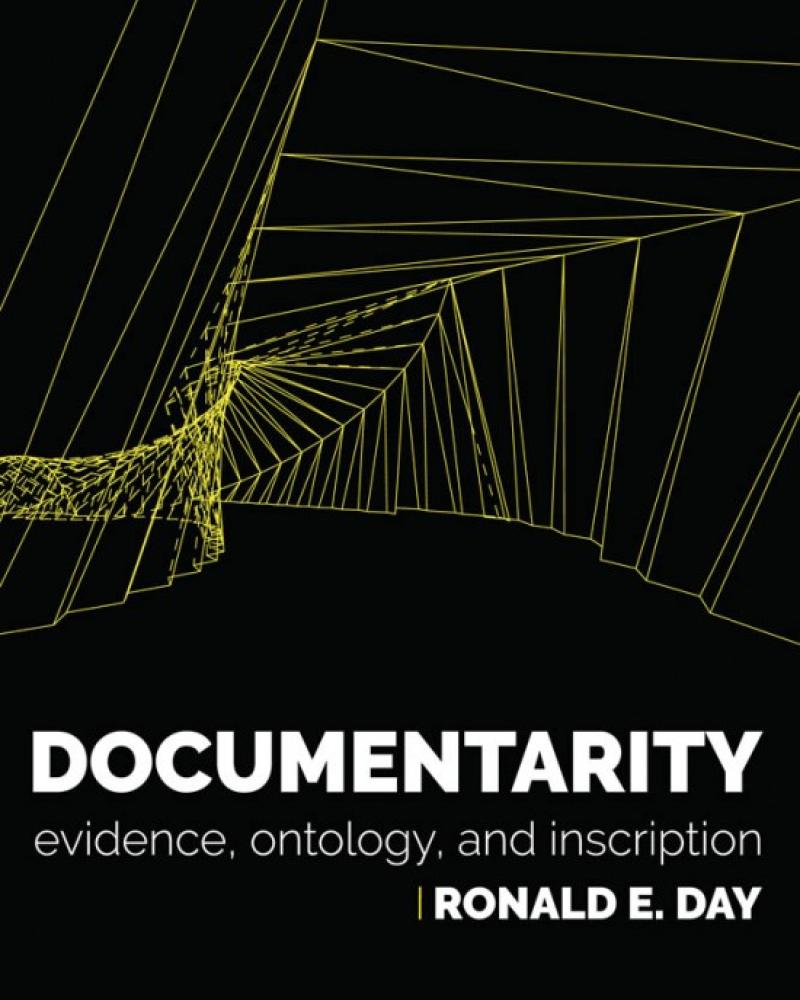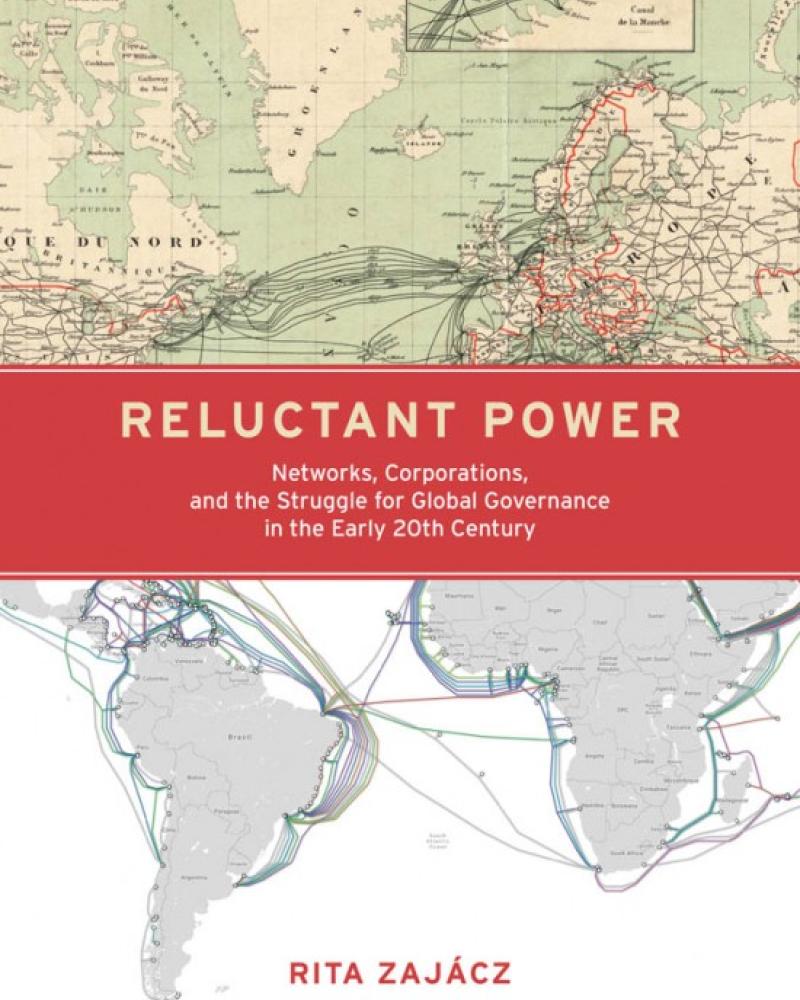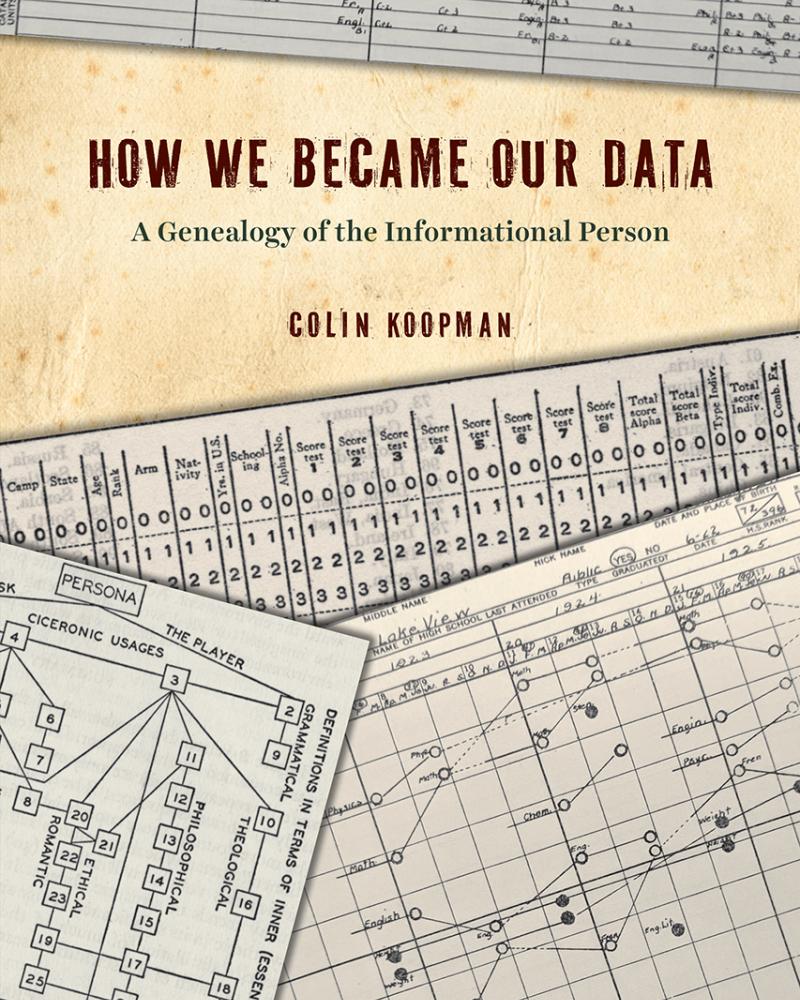
Documentarity: Evidence, Ontology, and Inscription, by Ronald E. Day
"A historical-conceptual account of the different genres, technologies, modes of inscription, and innate powers of expression by which something becomes evident." (MIT Press)
Reviewed by Brian Justie

Reluctant Power: Networks, Corporations, and the Struggle for Global Governance in the Early 20th Century, by Rita Zajácz
"How early twentieth-century American policymakers sought to gain control over radiotelegraphy networks in an effort to advance the global position of the United States." (MIT Press)
Reviewed by Jasmine E. McNeal

How We Became Our Data: A Genealogy of the Informational Person, by Colin Koopman
"Colin Koopman excavates early moments of our rapidly accelerating data-tracking technologies and their consequences for how we think of and express our selfhood today." (University of Chicago Press)
Reviewed by Rebecka Taves Sheffield

